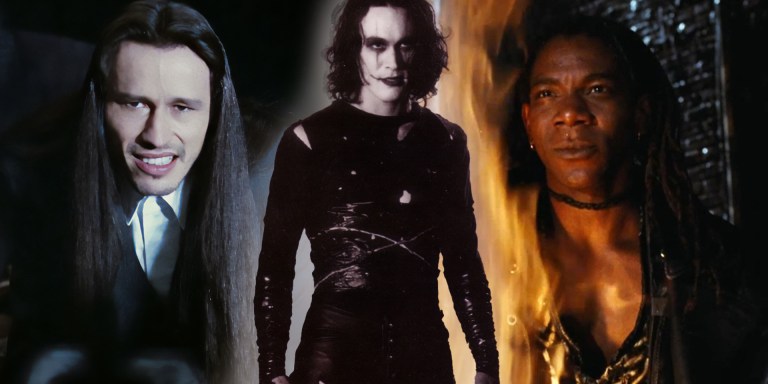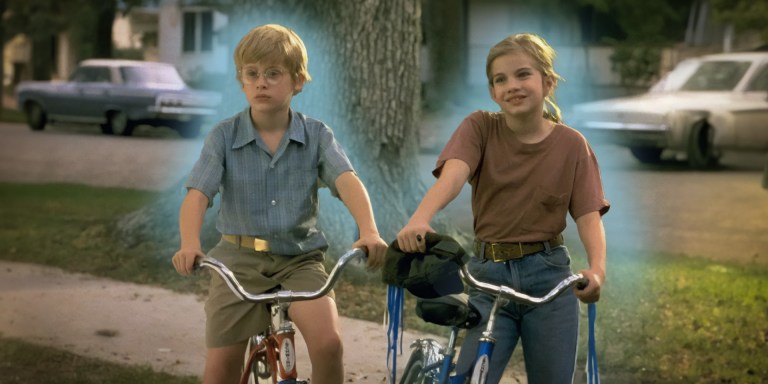Producer’s note: Someone on Quora asked: Why do Japanese have blue eyes and blond hair in anime? Here is one of the best answers that’s been pulled from the thread.
Keep in mind that anime follows a complex visual language, where seemingly innocuous elements carry deeper meaning. And hair color is among the first and foremost, especially when dealing with female characters.
Meaning, in most cases, the color of an anime character’s hair does not reflect some natural hair color or a racial stereotype – instead, it is supposed to be a hint towards their personality and their role in the plot.
I guess it’s high time for a crash course in anime hair color symbolism…take a seat.
Yellow hair:
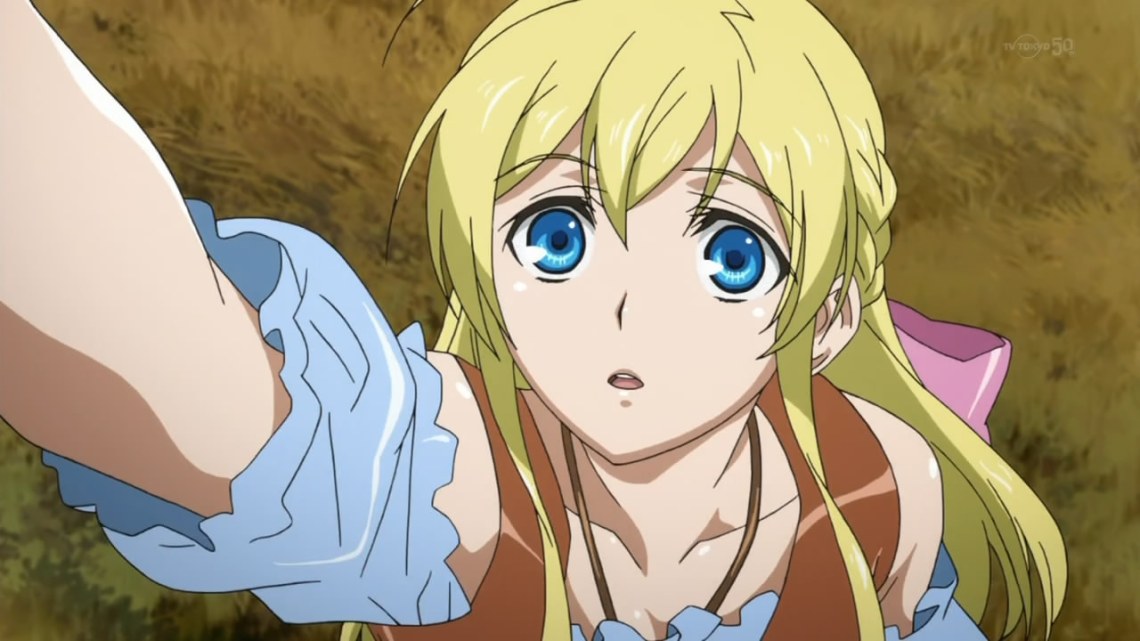
The most widespread meaning is simply “someone special”. This holds especially true for shoujo (for girls) manga/anime titles, where you can pretty safely bet that the most important female lead will be blonde. Occasionally, it can also signify “the rude/inconsiderate foreigner”, for example a non-Japanese character with an abrasive or rude personality – but that’s more of an exception than the rule.
Blue hair:
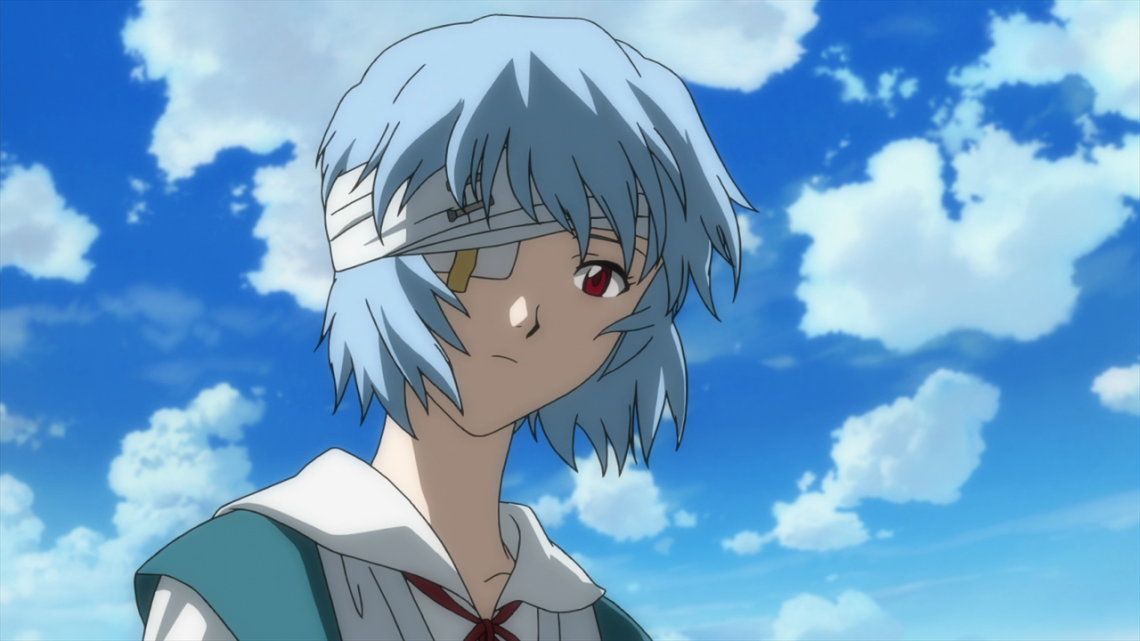
…typically signifies a quiet, soft-spoken, intellectual, sometimes even introverted character – albeit often one with a surprisingly strong will. In addition, such characters tend to get portrayed as refined, tradition-oriented and feminine, quite often even as examples of the Yamato Nadeshiko ideal.
Red hair:
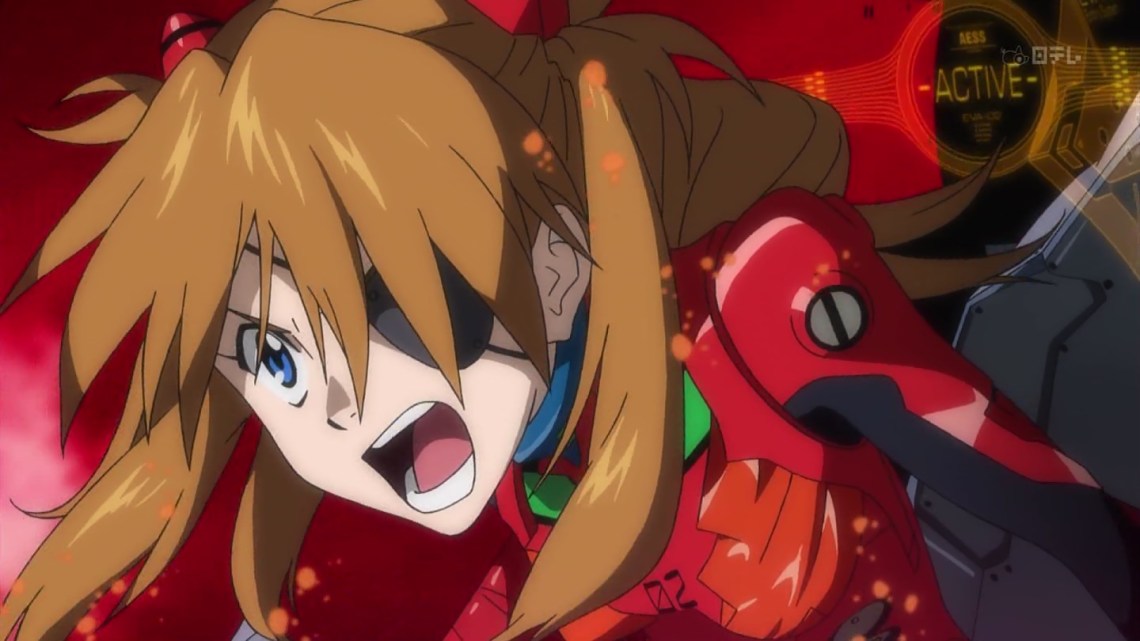
…strongly suggests a tomboyish, inconsiderate, loud, often headstrong, “leader” archetype. This character will often charge ahead and/or speak her mind without holding back. In the extreme case, this behavior will go all the way to the point of acting rash or even stupid. Also tend to have voracious appetites.
Note: aggressive shades of orange pretty much fall into the same category.
(Bright) Green hair:
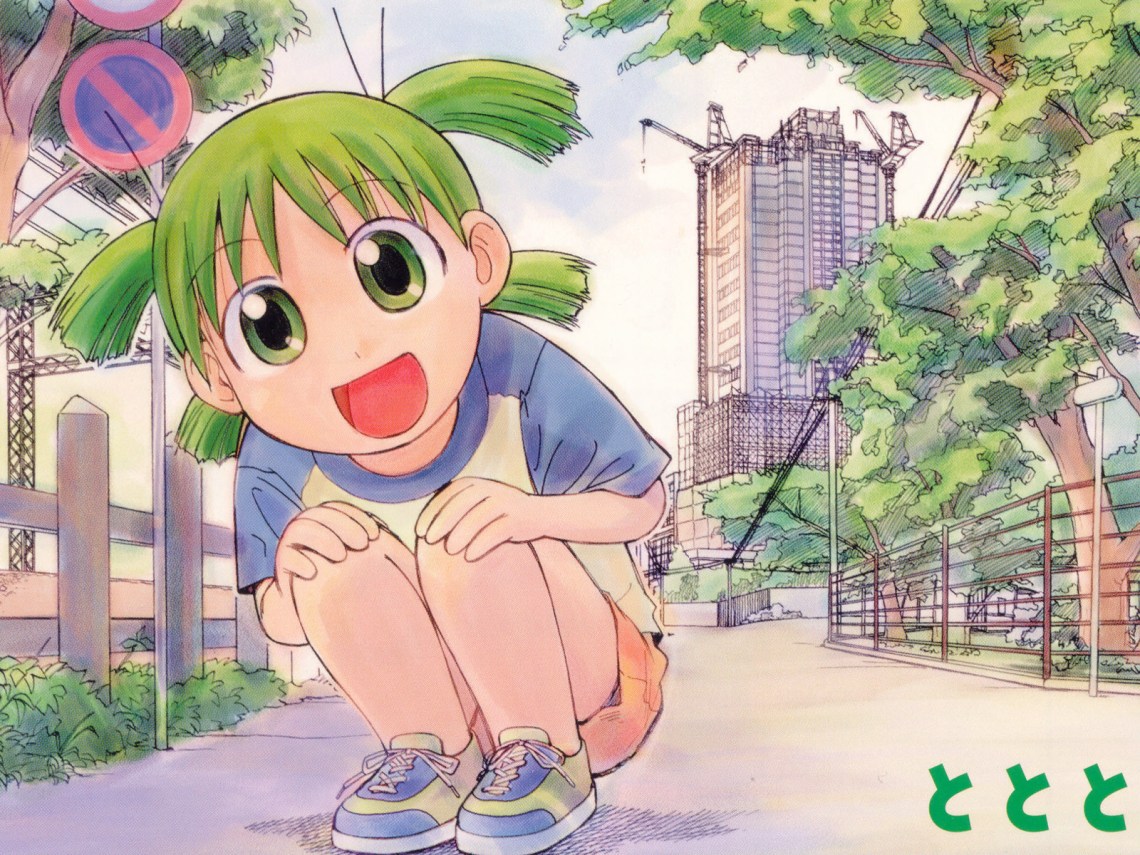
Mostly extinct these days – but bright green hair is most often the sign of the “genki girl”, another comedy-oriented character archetype. Such a character is chipper, upbeat, active, sports-minded and energetic. However, unlike a redhead, this character is more feminine and less prone to blindly rushing ahead – and usually displays normal or above-average levels of intelligence.
Note: darker shades of green typically carry similar connotations as “blue”.
Purple hair:
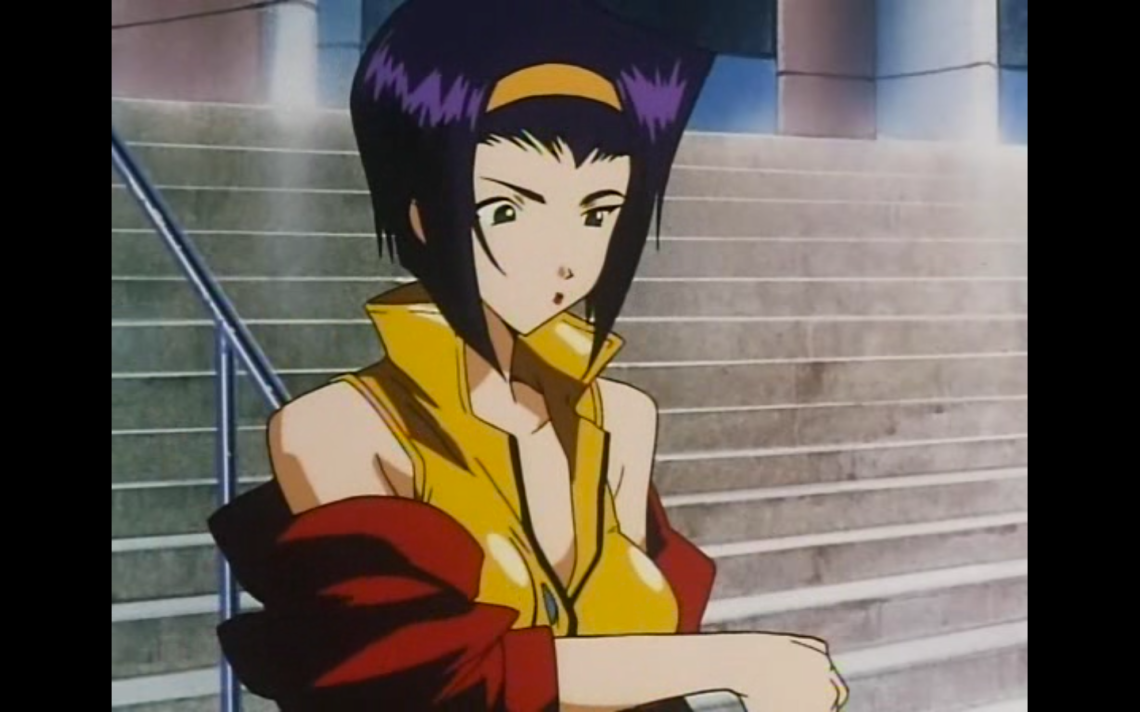
Also near-extinct – at least when it comes to intense shades of purple. What isstill somewhat common, however, is characters with lighter/paler shades of purple. These almost always come with long, flowing hair and typically signify some sort of detached, noble, cultured, dainty, often even mysterious, “fantasy princess” archetype.
Pink hair:
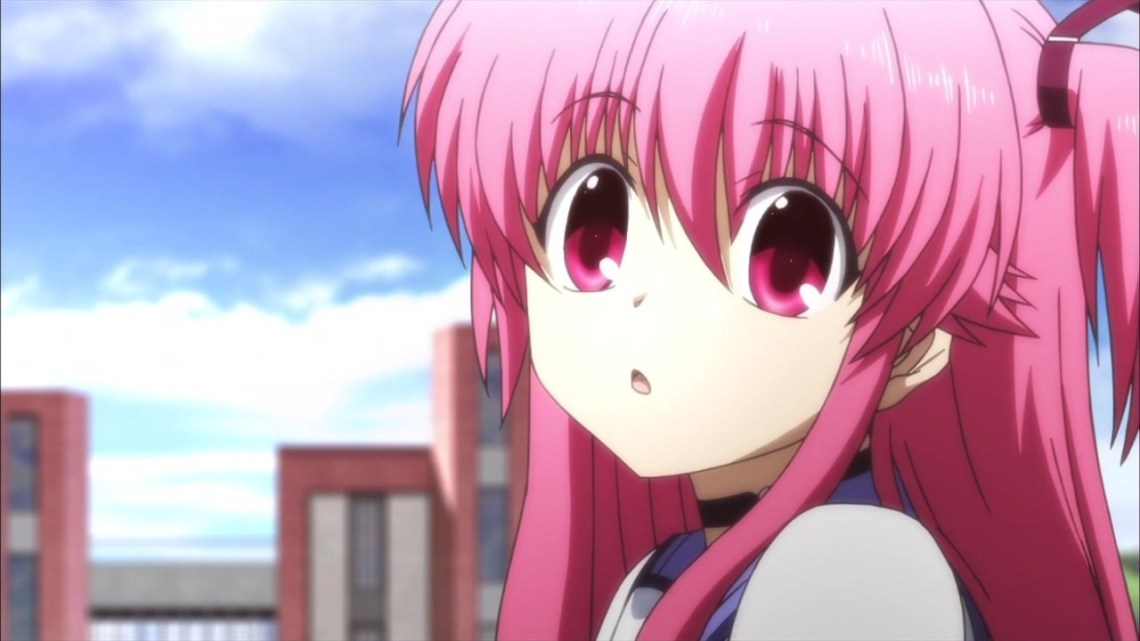
Ah yes, pink. The one color that has undergone the strongest shift since the beginning of my anime career. Originally, this color was rare, and reserved for a select few childlike characters. But then… the moe phenomenon happened. And made this color the industry standard for dozens of “cutesy-moe-female-leads”. Today pink hair is pretty much everywhere… yet some of the attributes have carried over. Even today, pink characters still tend to be not very bright, somewhat innocent, naive – and often idealistic to the point of being silly.
Brown hair:
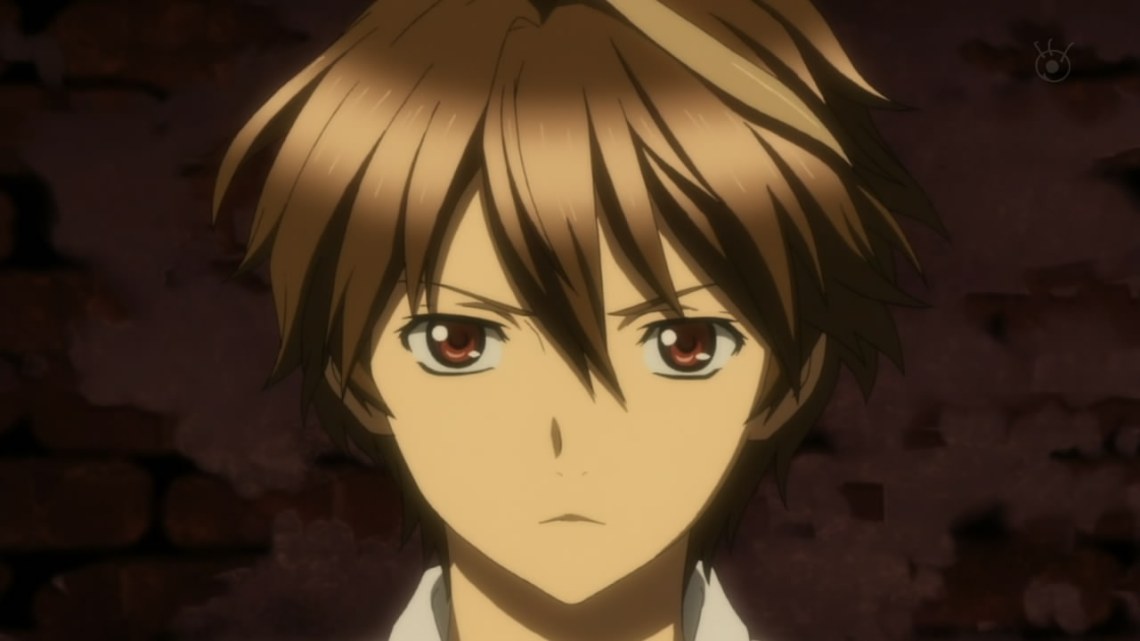
Brown stands for “warm + friendly normal” and is the most common “day-to-day-life side character” haircolor. Similar to black, the underlying message is not very strong – still, brown is most popular for longtime childhood friends, or all sorts of “safe/reliable” love-interests. Characters with this hair color tend to play some role in the plot, and be close friends of the leads, but they still represent normality and following social expectations… sometimes to the point of being boring.
Black hair:
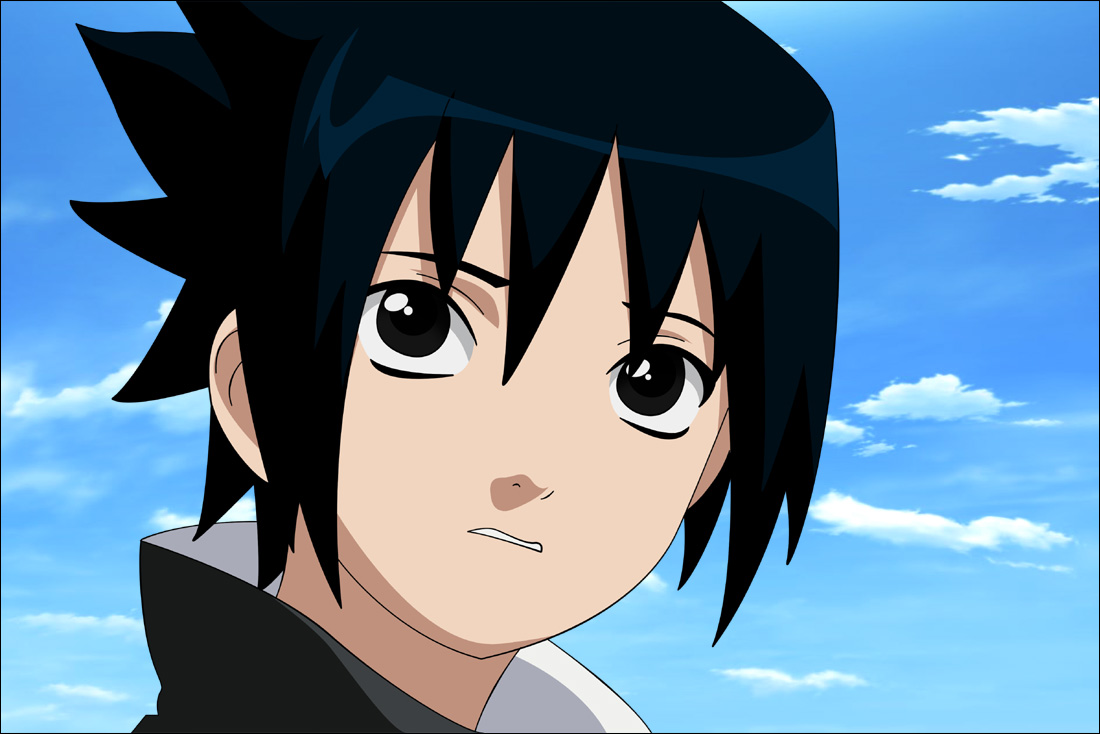
Being the most widespread Japanese hair color, this does not nearly carry a meaning as strongly predefined as most others – in fact, it can simply mean “the everybody”. However, in cases when the character has long, flowing black hair, it can be intended as a shorthand for “noble lady / Japanese princess / idol of the whole school” characters. In that respect, it sometimes once again overlaps with the Yamato Nadeshiko notion.
Surprised that you didn’t find “white” in the list, yet? Well, that is because luminance/brightness is typically on an orthogonal scale to the various colors above…
Simply put, the brightness of a character’s hair communicates how down-to-earth and otherworldly a character is. The darker a color, the more that character lives in the here and now – and the brighter, the more esoteric, distant, magical and surreal he/she is…
With the extreme version of that trope, signifying “utter otherworldliness”, being plain white.
Disclaimer: The archetypes listed here describe the stereotypical expectationsthat characters of a certain hair color will incite in an experienced audience of anime viewers. But guess what, sometimes the industry dares to *gasp* subvert expectations. In other words, these are strong, recurring patterns – but not hard-and-fast, immutable rules.
TL;DR:
Hair color in anime carries an intended meaning – and that meaning will typically easily override any sort of “normal” coloring that you would expect in terms of “realism”. As such, in most cases, it is futile to try to interpret any anime hair color as being a representative of some real-world race/hair color. ![]()

